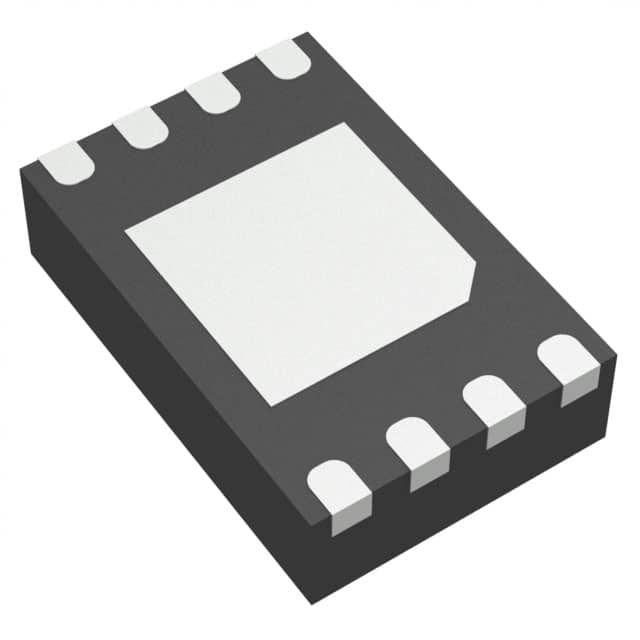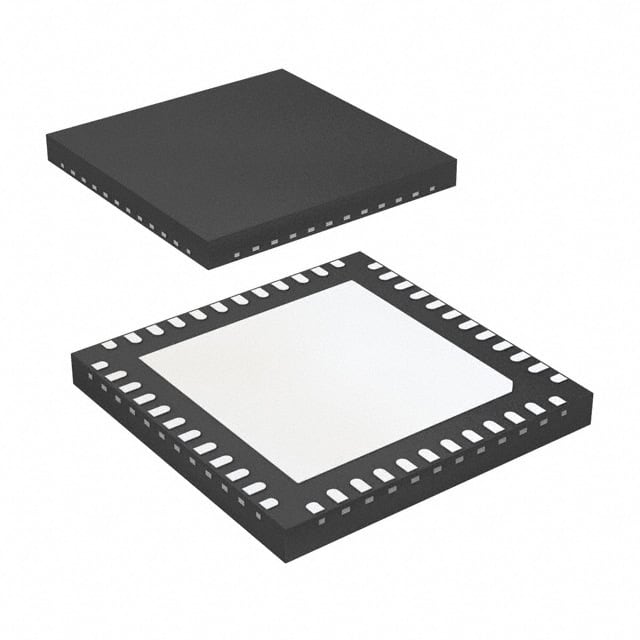Ⅰ. Interface - Signal Buffers, Repeaters, Splitters
Ⅱ. Physical Characteristics of Interface - Signal Buffers, Repeaters, Splitters
Ⅲ. Electrical Characteristics of Interface - Signal Buffers, Repeaters, Splitters
Interface - Signal Buffers, Repeaters, Splitters
Interfaces are crucial components in electronic systems that enable the transfer of information or signals between different devices or subsystems. They play a vital role in ensuring signal integrity, efficient communication, and proper management of signals. Signal buffers, repeaters, and splitters are commonly used interface devices that serve specific purposes in signal distribution and amplification.

1.Signal Buffers:
Signal buffers are used to isolate and protect the source of a signal from the load it is driving. They provide high input impedance and low output impedance, preventing the load from affecting the characteristics of the input signal. Signal buffers are typically employed when there is a need to drive multiple loads or long transmission lines. By amplifying or strengthening the signal without altering its characteristics, signal buffers help overcome signal degradation caused by loading effects.
2.Repeaters:
Repeaters are used to extend the reach of a signal by compensating for signal loss over long distances or through obstacles. They receive a weak or degraded signal, amplify it, and retransmit it at the same or higher power level. Repeaters are commonly used in various applications, including telecommunications, networking, and audio/video systems. By amplifying the signal, repeaters help maintain signal integrity and extend the range of transmission.
3.Splitters:
Splitters are used to divide a single input signal into multiple output signals. They take an input signal and distribute it to multiple devices or circuits, either equally or with reduced strength. Splitters are commonly employed in scenarios where a single signal needs to be shared among multiple devices or subsystems. For example, in audio/video distribution systems or cable TV installations, splitters ensure that a single signal can be sent to multiple destinations without significant signal degradation.
These interface devices, along with other components like switches and multiplexers, form the foundation for efficient signal management and communication in electronic systems. By employing signal buffers, repeaters, and splitters, engineers can overcome challenges related to signal degradation, loading effects, and signal distribution, ensuring reliable and robust signal transmission across various applications.
Physical Characteristics of Interface - Signal Buffers, Repeaters, Splitters
The physical characteristics of signal buffers, repeaters, and splitters can vary depending on their specific designs and applications. However, there are some common aspects to consider:
1.Size and Form Factor:
Signal buffers, repeaters, and splitters come in various sizes and form factors, ranging from small integrated circuits (ICs) to larger standalone devices. The size and form factor depend on factors such as the complexity of the circuitry, the number of input/output ports, and the intended application. For example, in networking applications, repeaters may be implemented as small modules that can be easily inserted into a network infrastructure.
2.Input/Output Ports:
These interface devices typically have multiple input and output ports to accommodate the connection of various devices or subsystems. The number of ports can vary based on the specific requirements of the application. Signal buffers often have one input and one output port, while repeaters and splitters may have multiple input and output ports to handle multiple signals.
3.Connectors:
To facilitate the physical connection of cables or wires, signal buffers, repeaters, and splitters usually have connectors. The type of connectors used can vary depending on the application and the type of signals being transmitted. Common connector types include BNC connectors, RCA connectors, Ethernet connectors (such as RJ45), and various types of audio/video connectors.
4.Power Supply:
Signal buffers, repeaters, and splitters may require a power supply to operate. Some devices may be powered directly through the interface they are connected to, while others may require an external power source. The power supply requirements depend on the specific circuitry and functionality of the device.
5.Housing and Mounting:
Signal buffers, repeaters, and splitters are typically housed in protective enclosures to safeguard the internal circuitry and provide mechanical support. The housing may be made of plastic, metal, or a combination of materials. The devices can be designed for mounting on printed circuit boards (PCBs), rack-mounting in equipment racks, or other installation methods suitable for the intended application.
It's important to note that these physical characteristics can vary based on the specific manufacturer, product line, and application requirements. Therefore, when selecting signal buffers, repeaters, or splitters, it's essential to consider the specific needs of the system or application to ensure compatibility and optimal performance.

Electrical Characteristics of Interface - Signal Buffers, Repeaters, Splitters
The electrical characteristics of signal buffers, repeaters, and splitters are crucial considerations when designing or selecting these interface devices. Here are some important electrical characteristics to keep in mind:
1.Signal Amplification:
Signal buffers and repeaters are designed to amplify or strengthen signals. The amplification factor, typically expressed in decibels (dB) or voltage gain, indicates how much the input signal is amplified by the device. It's important to consider the gain specifications to ensure that the output signal meets the required amplitude for proper signal transmission.
2.Input and Output Impedance:
Signal buffers, repeaters, and splitters should have appropriate input and output impedance to match the characteristics of the connected devices or transmission lines. Matching impedance helps minimize signal reflections, ensure efficient power transfer, and maintain signal integrity. It's important to select devices with input and output impedance values that are compatible with the connected devices or transmission lines.
3.Signal Bandwidth:
The bandwidth of signal buffers, repeaters, and splitters refers to the range of frequencies over which the device can effectively operate. It is important to choose devices with a wide enough bandwidth to accommodate the frequency range of the signals being transmitted. In applications such as high-speed data transmission or audio/video systems, the bandwidth should be sufficient to handle the required data rates or signal frequencies.
4.Signal Delay:
Signal buffers, repeaters, and splitters can introduce a certain amount of delay to the transmitted signal. The delay is typically measured in terms of time, such as nanoseconds (ns) or picoseconds (ps). In applications where signal synchronization or timing is critical, it's important to consider the delay introduced by the devices and ensure it is within acceptable limits.
5.Noise and Distortion:
Signal buffers, repeaters, and splitters should have low noise and distortion levels to ensure accurate signal reproduction. High noise levels or distortion can degrade the quality of the transmitted signal. Specifications such as signal-to-noise ratio (SNR) and total harmonic distortion (THD) indicate the level of noise and distortion introduced by the device. Lower values for noise and distortion are desirable for high-quality signal transmission.
6.Power Requirements:
The power requirements of signal buffers, repeaters, and splitters should be considered, including voltage supply levels and power consumption. Devices may operate at specific voltage levels, such as 5V or 3.3V, and consume a certain amount of power. It's important to ensure that the power supply and electrical characteristics of the devices are compatible with the system's power source and constraints.
These electrical characteristics can vary depending on the specific device, manufacturer, and application requirements. It's important to consult the device datasheets and specifications provided by the manufacturers to ensure that the electrical characteristics meet the needs of the system or application.



